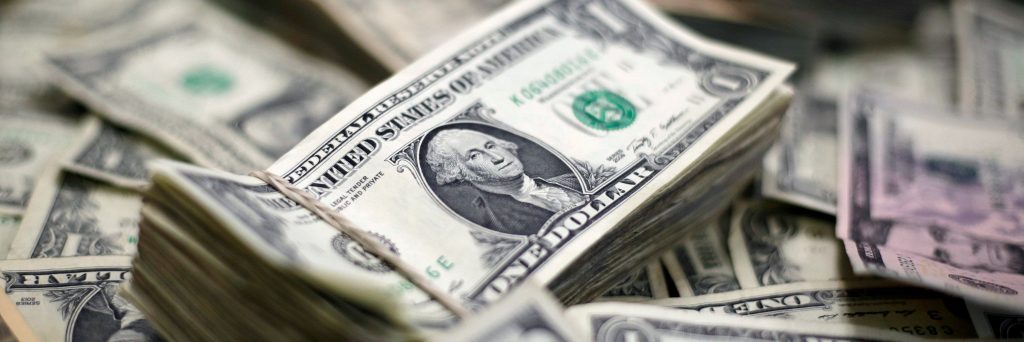
Oil prices jumped after President Trump scuttled the Iranian nuclear deal, pushing gas prices higher. Will pump prices pummel your driving budget this summer — and thereafter?
My research says no. Oil’s budget-bashing potential went the way of the eight-track. Recent price wiggles won’t last. Why?
Americans routinely fear higher oil. Memories of disco-era oil shocks, gas lines and stagflation loom large, passed on as lore from my generation to our kids. Back then, the Middle East dominated oil, given OPEC’s embargo pricing power.
More from USA Today:
Starbucks letter to employees: No purchases needed to sit inside, use bathroom
Women’s sneaker sales are growing as sales of high heels tumble, new report claims
Souped-up Tesla Model 3 electric car will cost $78,000, CEO Elon Musk teases
But those days are dead.
Iran isn’t really crucial now. It produces about 4.5 million barrels of oil a day, exporting just 2.5 million barrels. U.S. crude production is now 10.5 million barrels a day and should reach 11.9 million barrels next year.
Saudi Arabia has promised to help some, too. We and they more than offset the 1 million barrels-a-day reduction in Iranian exports officials expect from the return of sanctions. But realistically, Iran will export as much as before. As detailed in my April 15 column, single-country sanctions never bite. Companies work around them, diverting shipments through third parties for a minor brokerage commission mark-up. The only real change is altered shipping routes. Iran sells most of its oil to China, which is unaffected by these sanctions.
To see how trivial Iran is for oil, note 2012 to 2016, when Western sanctions blocked Iranian oil exports to America and Europe. Oil prices plunged from more than $100 a barrel to $26 in January 2016. Perversely, in 2016, when Iran restarted exporting to Europe, prices rose. But other forces were dominating the market by then.
Which ones? The U.S. technology revolution in oil shale, hydraulic fracturing (aka fracking), horizontal drilling and more. When those Iranian sanctions took full effect in July 2012, America produced just 6.3 million barrels a day of crude. By 2016 we were at 9.2 million barrels a day — a bigger increase than Iran’s total exports. That surge helps explain global production’s jump from 76 million barrels a day to 81.5 million in the same period, creating a global glut.
In February 2016, with oil prices low, producers started cutting back because their profits were smaller. They mothballed rigs and slashed investment in new wells. Meanwhile, OPEC and Russia mostly stuck to their much-ballyhooed output cuts. Slower-growing supply and healthy global demand helped oil prices bounce back up.
But that shift has gone too far, and the new trends driving the oil market are eye-popping. U.S. production rose in 2017. This year, new exploration rigs are operating 100%. Extraction technology keeps improving, cutting costs. Some oil fields are now profitable below $40 a barrel. Pumping at today’s $70 price produces premium profits. Capacity will gush. As this technology evolves, it starts rippling overseas, goosing output and capping crude prices.
Still, don’t expect gasoline prices to get too low. They’re less variable than oil. Depending on the state, taxes are between 10.7% (Alabama) and 25.5% (Pennsylvania) of the per gallon price of regular gas. The average is about 16%, or 53.7 cents a gallon. Those taxes remain stable despite oil’s gyrations.
Another factor is supply bottlenecks — especially in West Texas, where pipelines to Gulf Coast refiners are backing up. It will be tough to provide dirt-cheap gas everywhere without expanding capacity. Another irony: These regional bottlenecks create incentives for producers to drill more in North Dakota and Oklahoma, where similar bottlenecks in 2012 inspired pipeline bonanzas. Even more oil production will come there.
Even so, gas prices should be OK for your 2018 vacation budget. The U.S. has the world’s greatest natural geography and low-cost vacation destinations. So enjoy them while Goldilocks reigns over our economy (see my May 6 column on that topic) and tune out the geopolitical noise. If you’ve never driven to Yellowstone, you really do owe it to yourself and your family.

